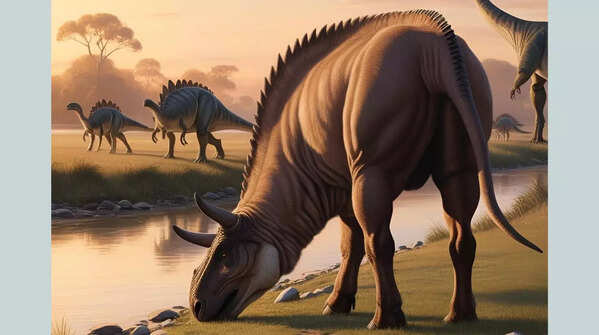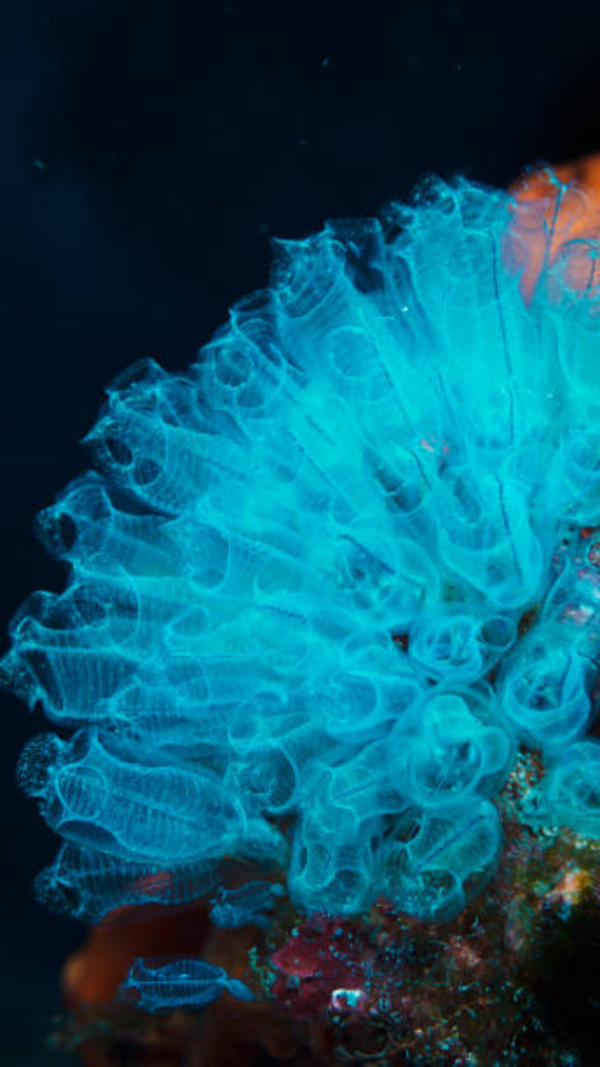5 animals that lived with the dinosaurs and no longer exist today

5 animals that lived with the dinosaurs and no longer exist today
When we think of the age of dinosaurs, we often picture huge reptiles like Tyrannosaurus rex or long-necked dinosaurs dominating the landscape. But the Mesozoic Era, spanning over 180 million years, wasn't ruled by dinosaurs alone. It was a diverse time that survived with life across oceans, skies, and land. While dinosaurs were indeed the stars of the show, they shared their world with an incredible variety of other creatures, many of which were just as strange, fierce, or interesting.
The period was marked by immense evolutionary adaptation. Early mammals were starting to come up, flying reptiles hovered the skies, and the oceans were home to marine giants. These non-dinosaur species evolved alongside their more famous counterparts and played crucial roles in the prehistoric ecosystems. Some of these creatures have similarities to animals we recognize today, while others were completely alien in form and behaviour.
Understanding the full picture of life during the dinosaur era helps us appreciate just how complex and diverse the world was millions of years ago. Here are five creatures that lived during the same time as dinosaurs but were not dinosaurs themselves.

Pterosaurs
Pterosaurs weren’t dinosaurs, they were flying reptiles that soared through prehistoric skies for over 150 million years. Some were as small as sparrows, while others had wingspans over 30 feet. Unlike birds, they had membranous wings stretching from their elongated fingers. Pterosaurs were the first vertebrates to achieve powered flight, long before birds evolved. Their diversity and rule in the air marked them as one of the era’s most successful flying animals. These creatures adapted to various ecological niches, from coastal fishers to inland scavengers. Fossils reveal intricate wing structures, lightweight bones, and even evidence of hair-like filaments, hinting at warm-blooded metabolisms.

Ichthyosaurs
Ichthyosaurs were marine reptiles that resembled modern dolphins in shape but were completely unrelated. They had streamlined bodies adapted for high-speed swimming and likely hunted fish and squid. These creatures lived in oceans during much of the Mesozoic Era, with some species reaching over 50 feet in length. Fossil discoveries show they gave birth to live young, which is a rare trait for reptiles. Ichthyosaurs vanished before the dinosaurs did, possibly due to shifting ocean ecosystems.

Mosasaurs
Mosasaurs appeared later in the Cretaceous period and quickly became top predators in the sea. They had long, powerful bodies and double-hinged jaws that could open wide to swallow large prey. They were also closely related to modern monitor lizards and snakes. Some, like Mosasaurus, grew over 50 feet long. These reptiles dominated marine environments, feeding on fish, ammonites, and even other mosasaurs. They went extinct at the same time as the dinosaurs during the mass extinction event.

Cynodonts
Cynodonts were not quite mammals, but their closer relatives. These small, furry creatures lived in the shadow of dinosaurs and are considered early mammal-like reptiles. They had advanced jaw structures and likely were warm-blooded, which are among the traits that link them to modern mammals. Some species were insectivorous, while others ate plants. Though many cynodonts died out, a few lineages survived and gradually evolved into the first true mammals, helping to pave the way for future life after the dinosaurs.

Ammonites
Ammonites were marine mollusks with coiled shells, distantly related to modern squids and octopuses. They floated or swam in the oceans, using tentacles to catch plankton and small prey. Their beautiful spiral shells, often found as fossils, had complex internal chambers for buoyancy control. Ammonites were diverse and widespread, living for hundreds of millions of years before perishing in the same extinction event that wiped out the dinosaurs. Their fossils are key markers in dating ancient rock layers.

The lost giants
During the Mesozoic Era, which spanned over 180 million years, many remarkable creatures lived alongside dinosaurs, thriving in the oceans, skies, and on land. Some of these animals were neither dinosaurs nor their direct ancestors, yet they evolved into powerful predators or uniquely adapted herbivores. These creatures belonged to entirely different branches of the evolutionary tree and often filled ecological roles that no longer exist today. Despite their success at the time, they vanished during mass extinction events, particularly the one that occurred about 66 million years ago, which wiped out roughly 75% of Earth's species, permanently reshaping life on the planet.








